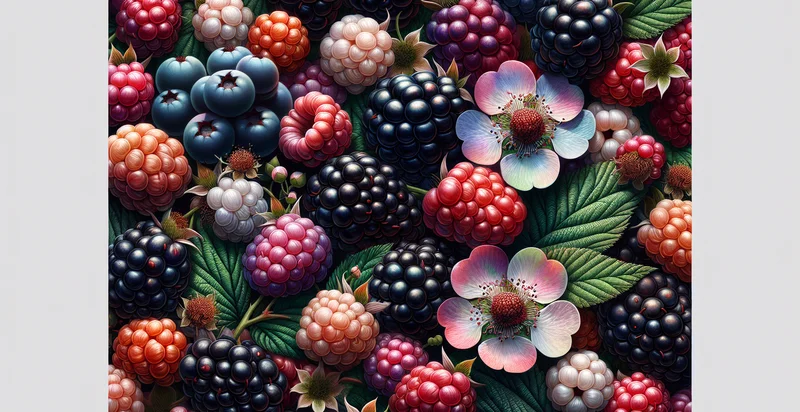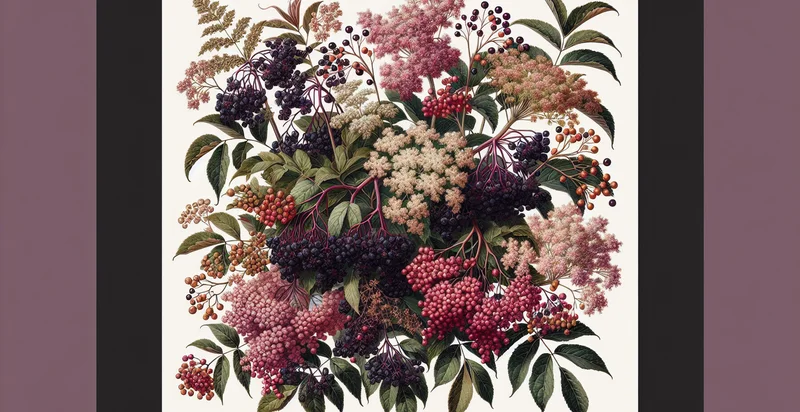Identify clover species
using AI
Below is a free classifier to identify clover species. Just upload your image, and our AI will predict what species of clover it is - in just seconds.

Contact us for API access
Or, use Nyckel to build highly-accurate custom classifiers in just minutes. No PhD required.
Get started
import nyckel
credentials = nyckel.Credentials("YOUR_CLIENT_ID", "YOUR_CLIENT_SECRET")
nyckel.invoke("clover-species", "your_image_url", credentials)
fetch('https://www.nyckel.com/v1/functions/clover-species/invoke', {
method: 'POST',
headers: {
'Authorization': 'Bearer ' + 'YOUR_BEARER_TOKEN',
'Content-Type': 'application/json',
},
body: JSON.stringify(
{"data": "your_image_url"}
)
})
.then(response => response.json())
.then(data => console.log(data));
curl -X POST \
-H "Content-Type: application/json" \
-H "Authorization: Bearer YOUR_BEARER_TOKEN" \
-d '{"data": "your_image_url"}' \
https://www.nyckel.com/v1/functions/clover-species/invoke
How this classifier works
To start, upload your image. Our AI tool will then predict what species of clover it is.
This pretrained image model uses a Nyckel-created dataset and has 15 labels, including Ball Clover, Bertram Clover, Cow Clover, Crimson Clover, Kikuyu Clover, Kura Clover, Large Hop Clover, Pale Clover, Red Clover and Shadow Clover.
We'll also show a confidence score (the higher the number, the more confident the AI model is around what species of clover it is).
Whether you're just curious or building clover species detection into your application, we hope our classifier proves helpful.
Related Classifiers
Need to identify clover species at scale?
Get API or Zapier access to this classifier for free. It's perfect for:
- Agricultural Monitoring: The clover species identifier can be used by farmers to identify and assess the types of clover in their fields. This helps in tailoring the application of fertilizers and pesticides, optimizing crop yield, and managing soil health.
- Biodiversity Research: Environmental scientists can utilize the identifier to study clover species in various ecosystems. Understanding the distribution and abundance of different species aids in biodiversity conservation efforts and ecological research.
- Wildlife Habitat Assessment: Conservationists can employ the clover species identifier to evaluate habitats for native and endangered species. By knowing which clover species are present, they can better understand the available food sources and habitat quality for local wildlife.
- Invasive Species Management: Land management agencies can use the identifier to detect and monitor invasive clover species that threaten native flora. Early detection allows for timely intervention strategies to prevent ecological damage.
- Seed Bank Curation: Botanical gardens and seed banks can implement the clover species identifier to catalog and manage their collections. Accurate identification ensures the preservation of genetic diversity and supports research and education efforts.
- Ecotourism Enhancement: Ecotourism companies can provide guided tours that include the identification of local flora, including clover species. This adds educational value to tours and enhances visitor engagement with the local ecosystem.
- Herbal Medicine Research: Researchers in the field of herbal medicine can use the identifier to classify clover species with potential medicinal properties. Identifying and studying specific clover types can lead to the development of new herbal treatments and a deeper understanding of their health benefits.


